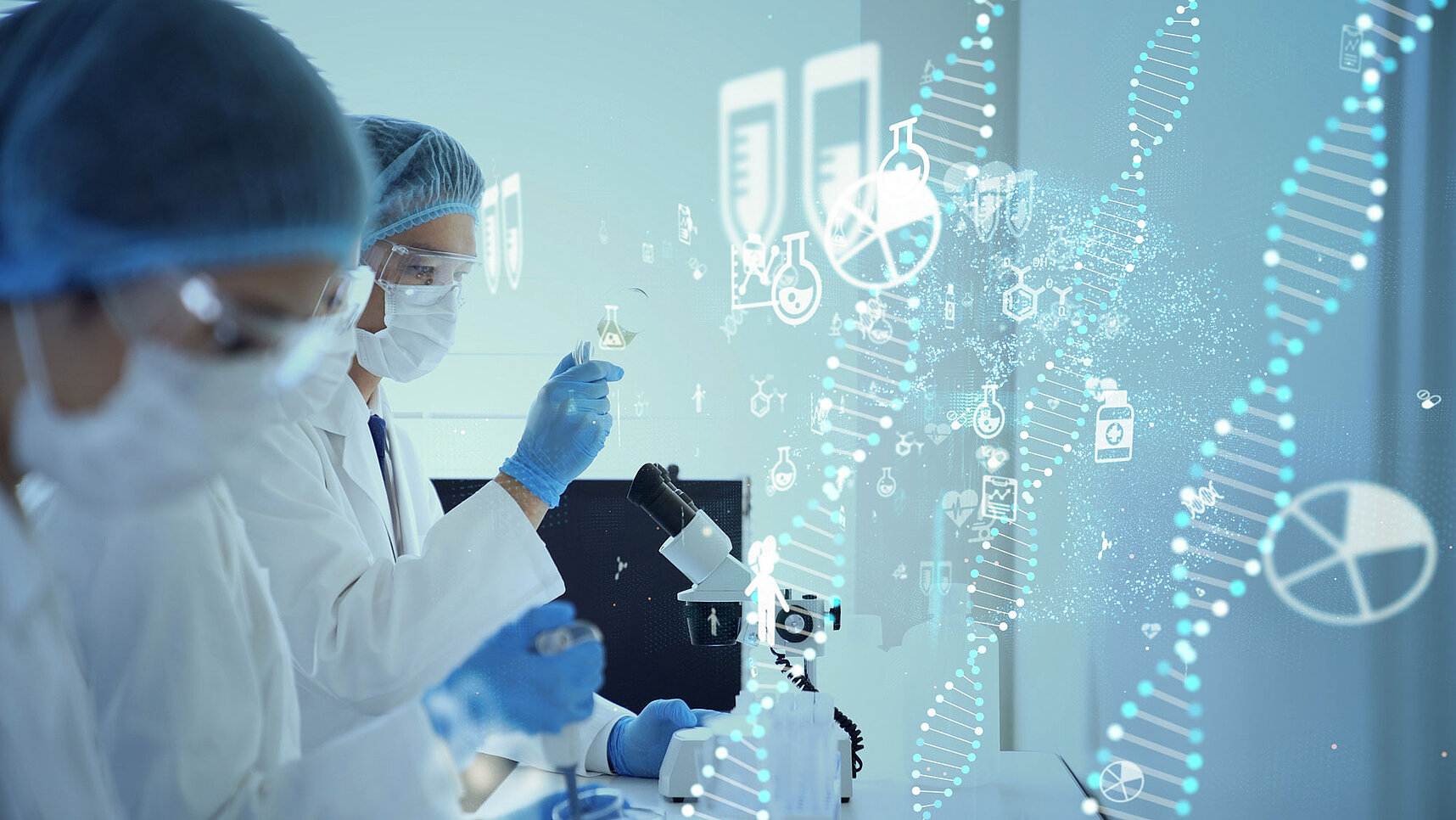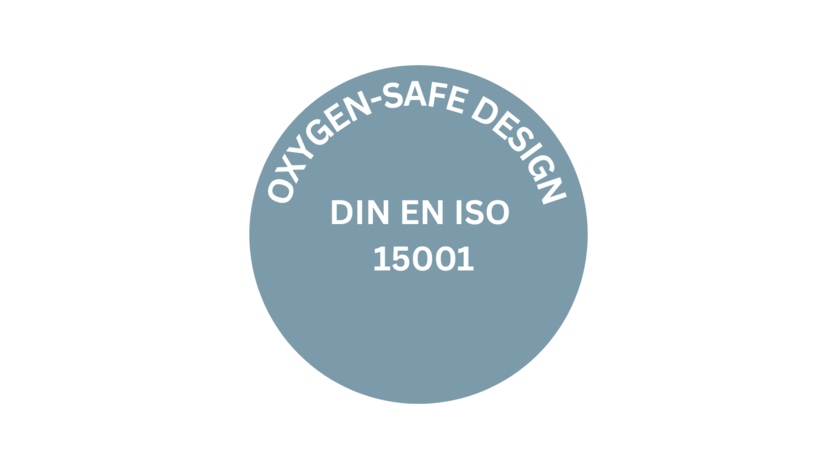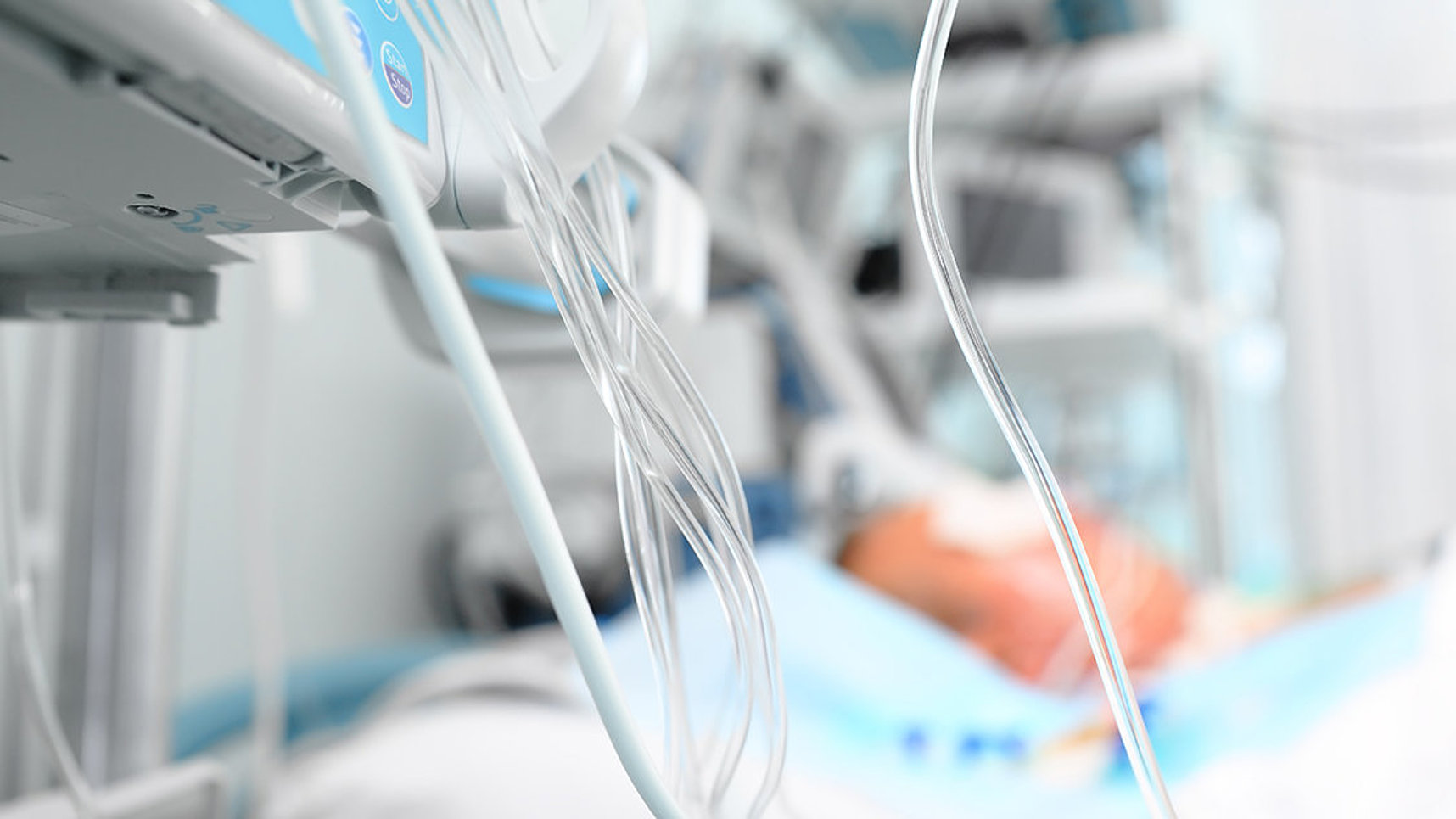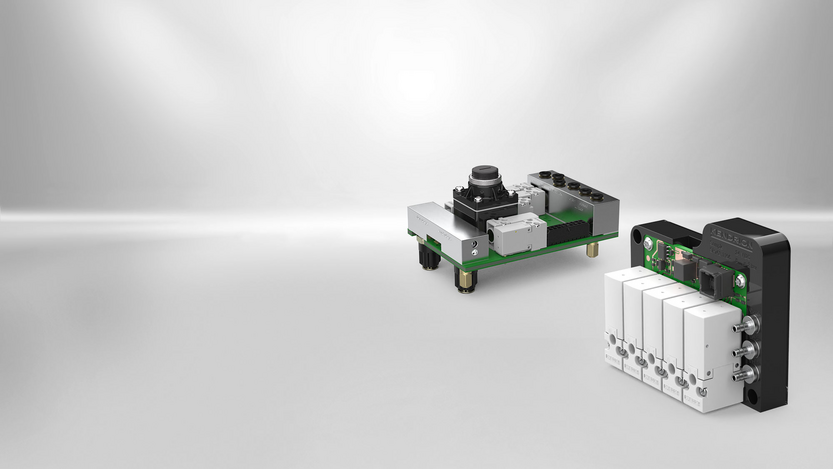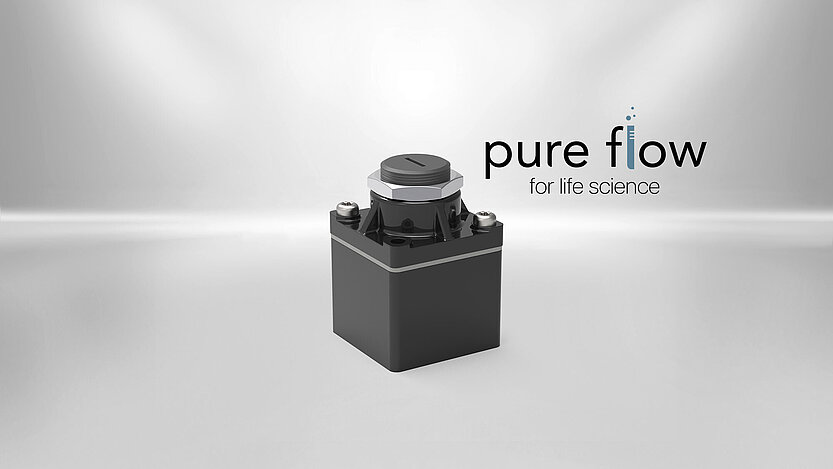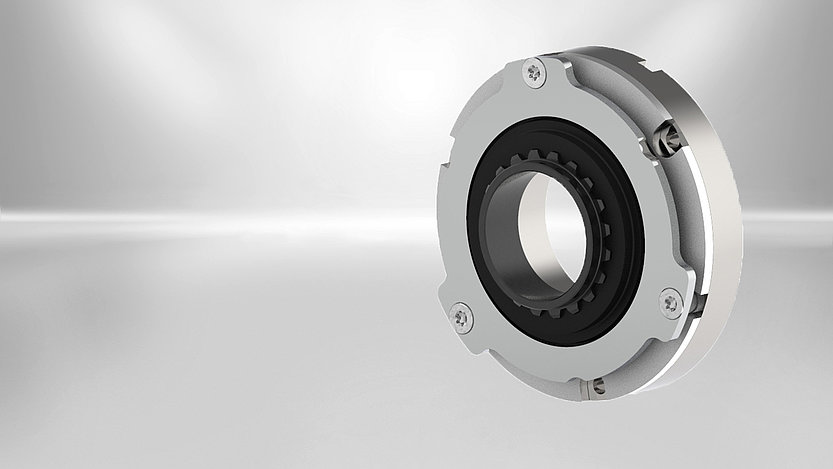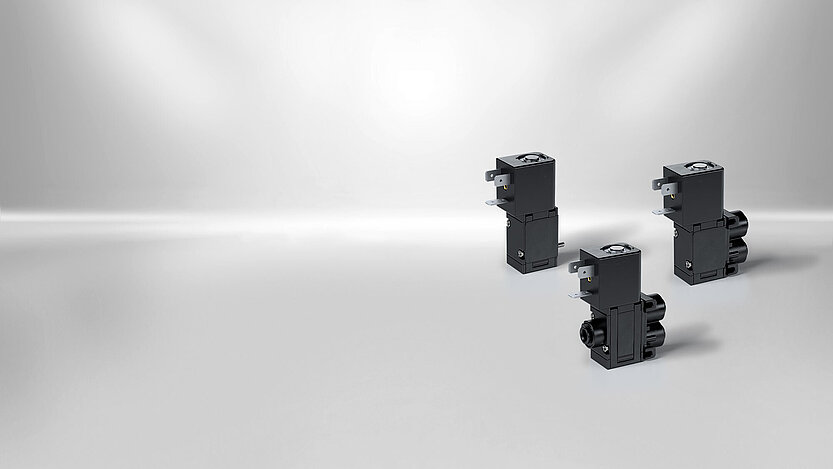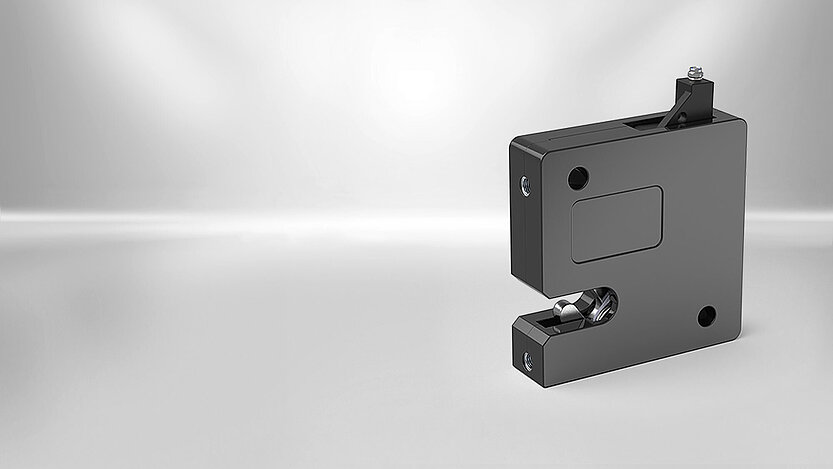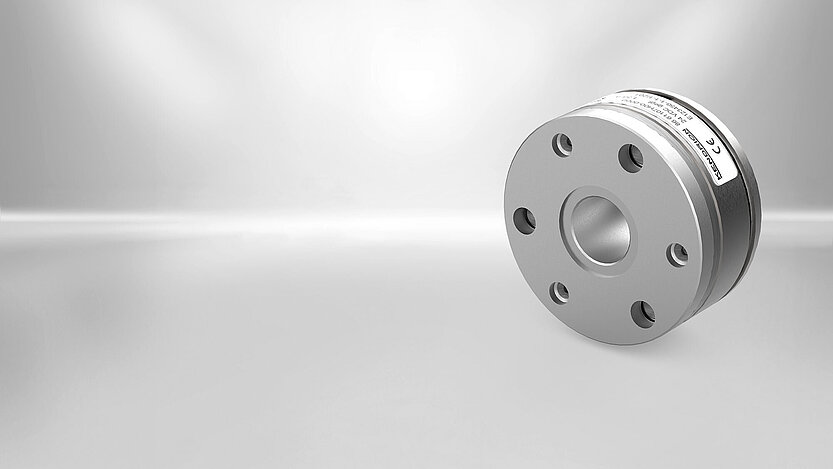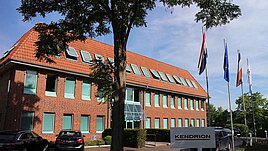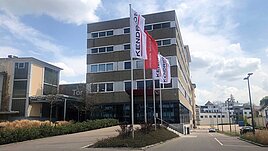Technological expertise for critical applications in medical technology
Kendrion has been an established partner to the medical technology industry for decades. Thanks to our in-depth experience in the development and production of electromechanical components, we offer customized solutions based on state-of-the-art technologies, including solenoid technology, pneumatic and fluid technology, electromagnetic brakes as well as embedded and electronic solutions.
Our products stand for the highest quality, reliability, and safety. They are developed and produced in accordance with the industry's demanding regulatory framework. Our development and manufacturing processes are based on the requirements of DIN EN ISO 15001.
We select all materials with the utmost care, and our manufacturing meets high standards of cleanliness. This ensures that our products are prepared for biocompatibility requirements and testing in accordance with DIN EN ISO 10993 and DIN EN ISO 18562. We also offer certified development services in accordance with ISO 13485, including for Class III medical devices.
This results in innovative, standard-compliant solutions for critical applications in medical technology - precise and traceable.

Precise tumor localization for breast-conserving surgery
3T - electronics & embedded systems worked with the customer to develop an innovative tumor localization system. The Sirius Pintuition System enables millimeter-precise, non-radioactive localization of tumors, thereby improving the performance of breast-conserving procedures.
Advantages
- Precise navigation in real time with acoustic and visual feedback
- Optimized detection algorithms through model-driven development
- Intuitive user interface

High-performance rotary solenoid for safe laser applications
In aesthetic and surgical laser systems, Kendrion's D2 rotary solenoid ensures the safe and rapid interruption of laser beams. Specially developed for use in sensitive medical devices, it impresses with its reliability, precision, and long service life.
Advantages:
- Extremely short switching time of less than 10 ms
- Long service life with hundreds of millions of cycles
- Flexibly adaptable to customer-specific requirements
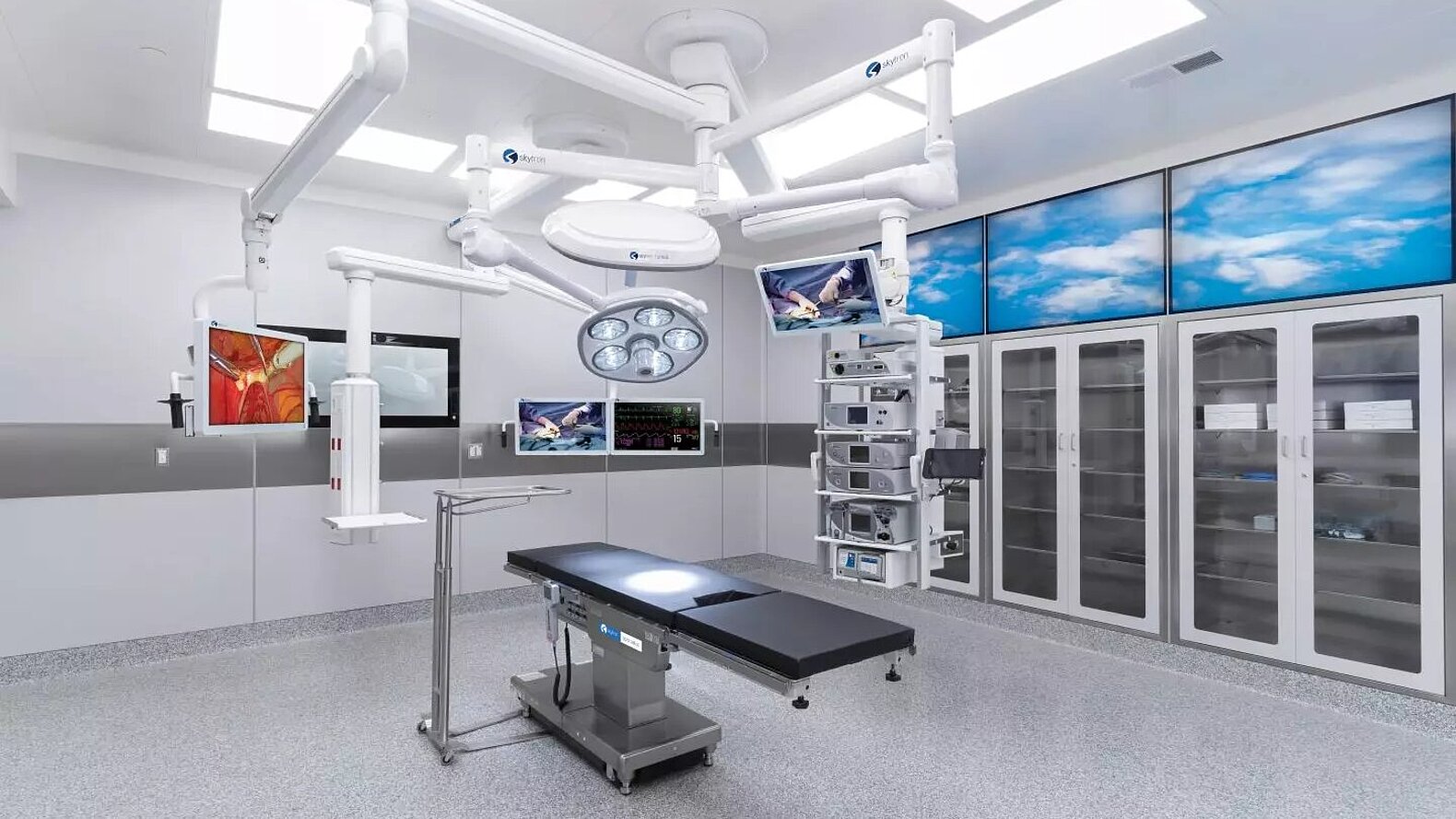
Intelligent brake control for surgical boom
3T developed an electronic and software solution for controlling the brake system of a modern surgical boom, enabling maximum user-friendliness and precise control during surgery. The decisive factor for success was model-driven development, which enabled effective simulation and adaptation to complex system environments.
Advantages
- Precise and intuitive control for surgical applications
- Seamless system integration despite unfinished mechanics
- Maximum flexibility through model-driven development processes
Why is Kendrion the perfect partner for medical solutions?
The customer is the central focus of all our activities. The complete Kendrion team is committed to meet the requirements and wishes of our global customers. We place great value on partnership and open communication.
With our broad portfolio of electromagnetic, fluid, brake, and control technologies, we offer tailor-made solutions for a wide range of medical technology applications.
Thanks to our in-depth knowledge of standards, we develop solutions that are designed to meet applicable standards such as DIN EN ISO 13485, DIN EN ISO 10993, and DIN EN ISO 15001 – safe, tested, and compliant.
We have been working on customized developments for medical technology for decades and bring in-depth expertise to every project – from the initial idea to series production.
Strict quality standards, traceability, and validated processes ensure maximum safety in sensitive applications.
Our close ties to the medical technology industry and deep understanding of its requirements make us a reliable development partner.
With a production environment designed for medtech, validated processes, and well-established supply chains, we ensure efficient and scalable implementation.


